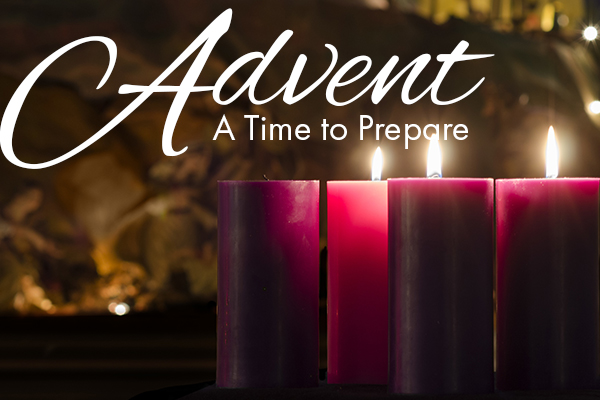On Sunday, November 29th, the Church enters the season of Advent, the preparatory time before the celebration of Christmas. Advent comes from the Latin word Latin adventus “coming; arrival” and was considered, by the early Church, a time of penitence and reconciliation much like the season of Lent before Easter.
With the commercialization of Christmas, Advent has fallen out of favor as a time to slow down and meditate on the season’s meaning. Advent was a time of fasting and abstinence that lasts for the four weeks before Christmas. Homes would not be decorated until the eve of Christmas, a season that lasts until the Epiphany on January 6th.
Like most traditions in the Church, it is unclear as to when Advent became celebrated. There is some thought that Advent existed before 480 AD but became an official part of the Church calendar at the Council of Tours in 567 AD.
Four distinct themes mark the season of Advent; Hope, Peace, Love, and Joy, and in current practice, a candle is lit for each week in Churches and homes. The candles’ lighting reminds us, in the darkness of the time of year, that the light is coming. Each week, as we light more candles, the light becomes brighter to lighten the darkened world. The Scriptures appointed for the Sundays of Advent also remind us of the light that is to come.
For most of us, Advent is a time filled with shopping, parties, sending Christmas cards, and decorating our homes for Christmas. Forgotten is the real meaning of the season as a time of expectation, waiting, and preparation. The weeks leading to Christmas get busier and busier with each passing year, and Advent is all but forgotten.
With the pandemic still about, this year could be a time for us to recapture some of what Advent is supposed to be about. Most of us will not be as busy as we usually are, which will allow us time to slow down and meditate on the coming season. Perhaps we can spend more time reading the Scriptures and attending worship services online, or just spend some time in quiet contemplation.

